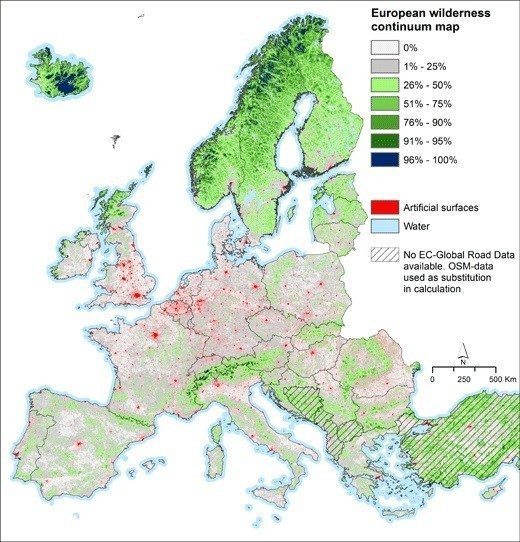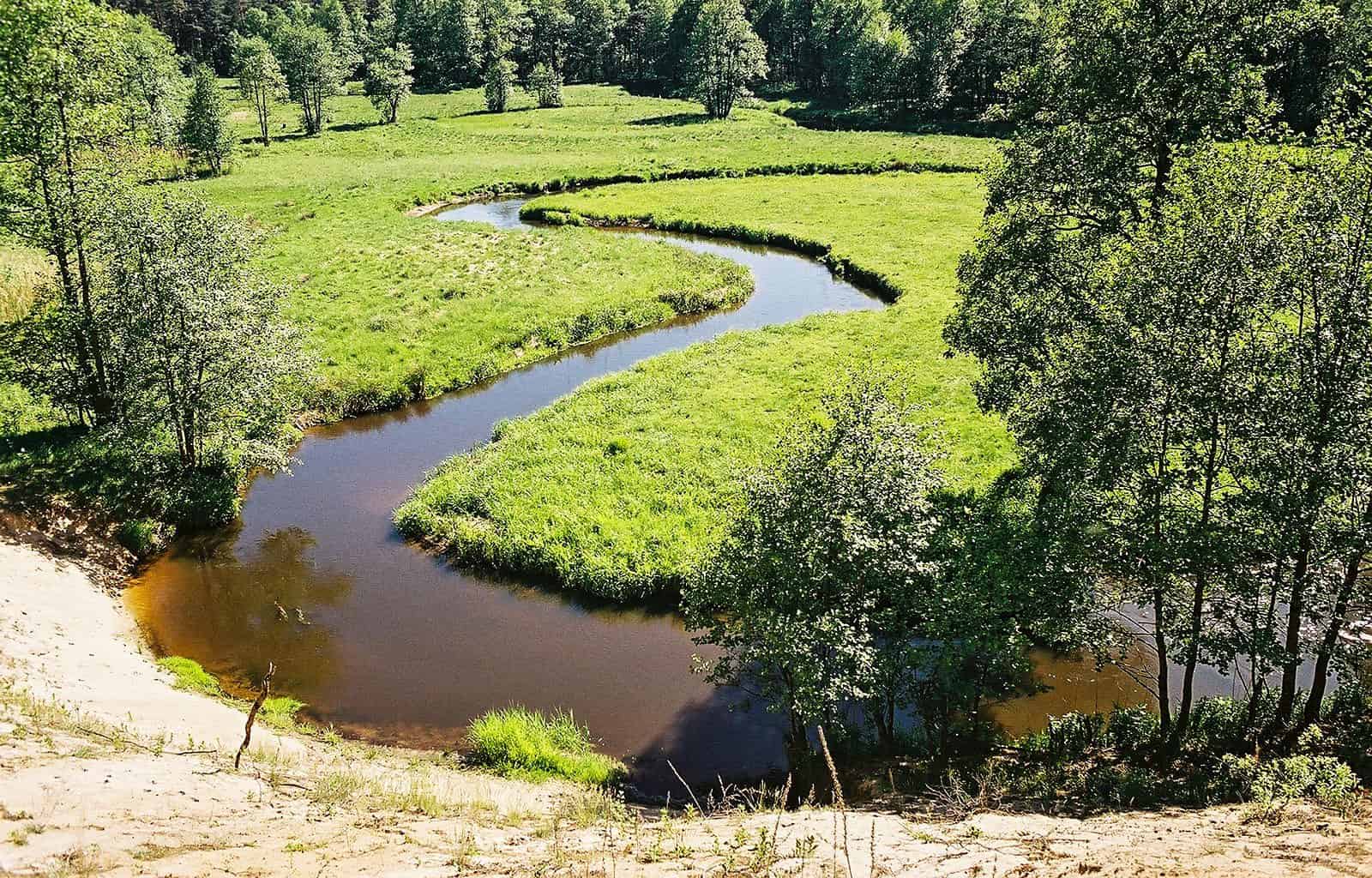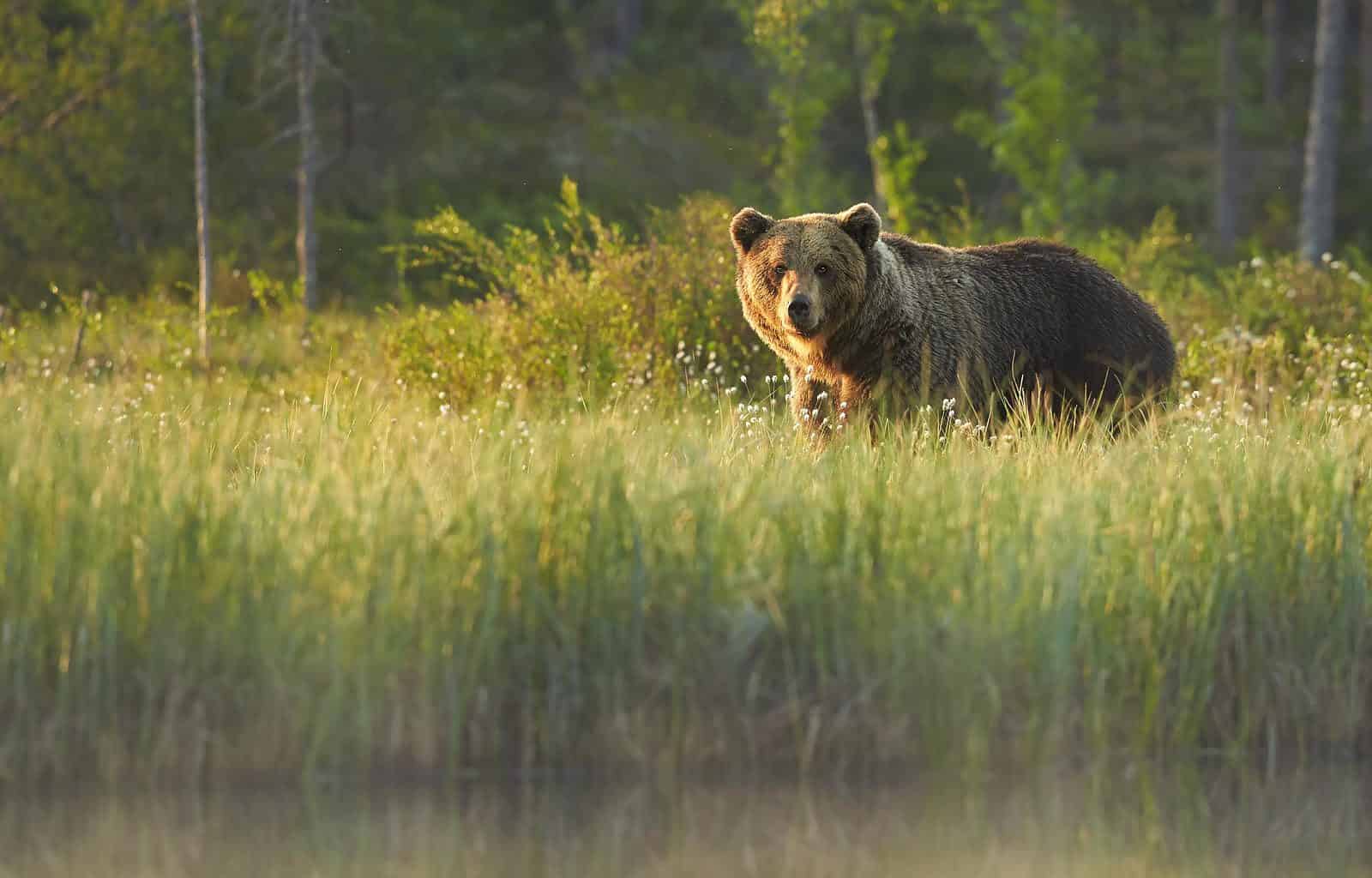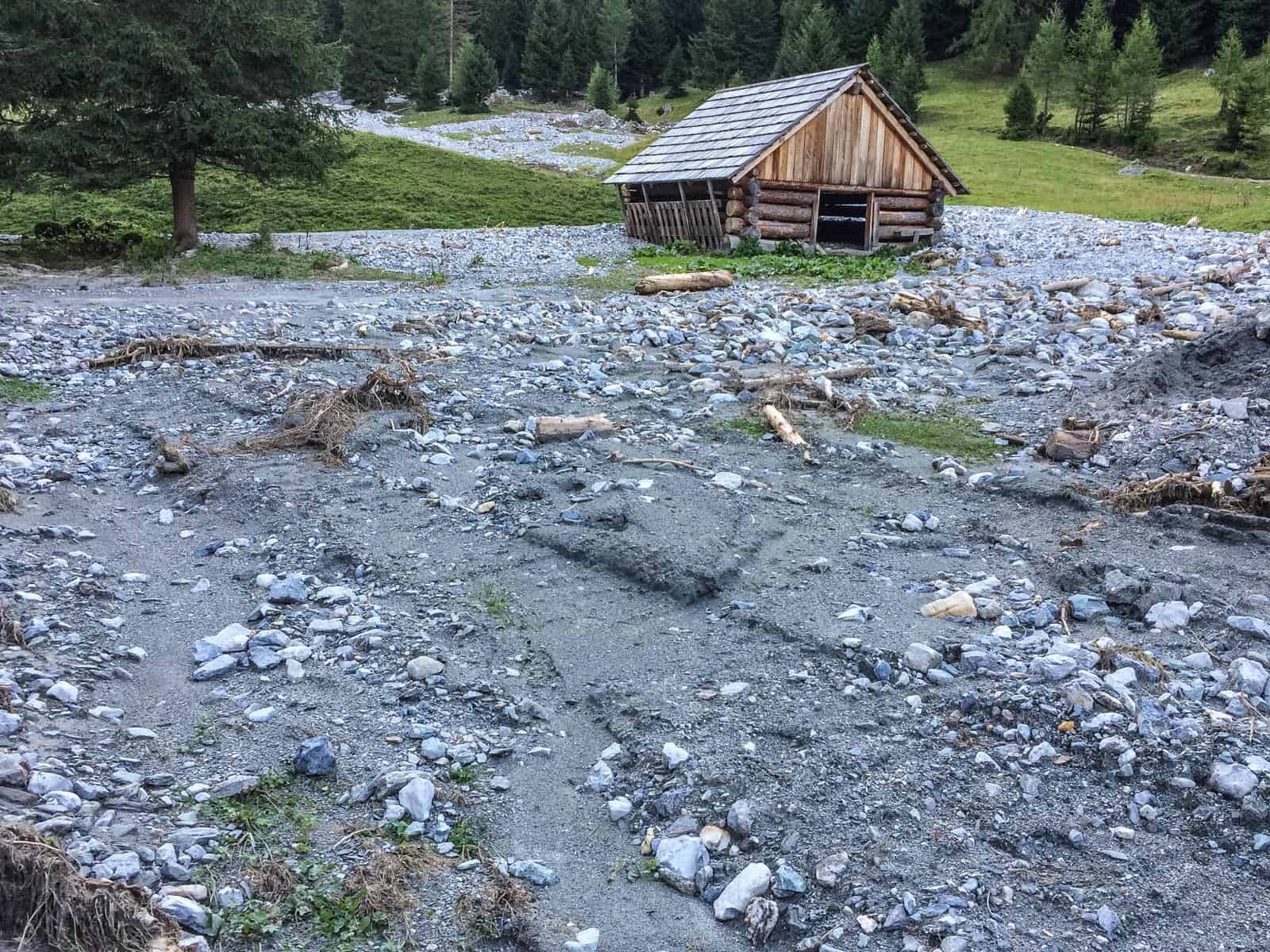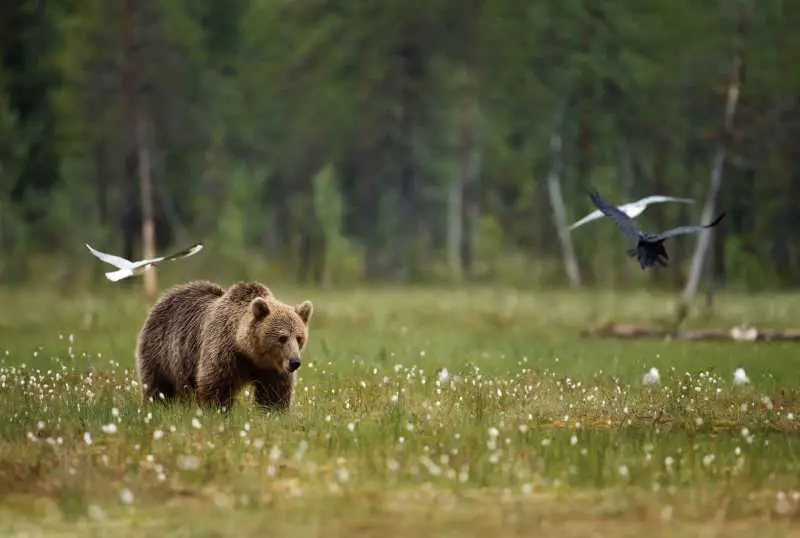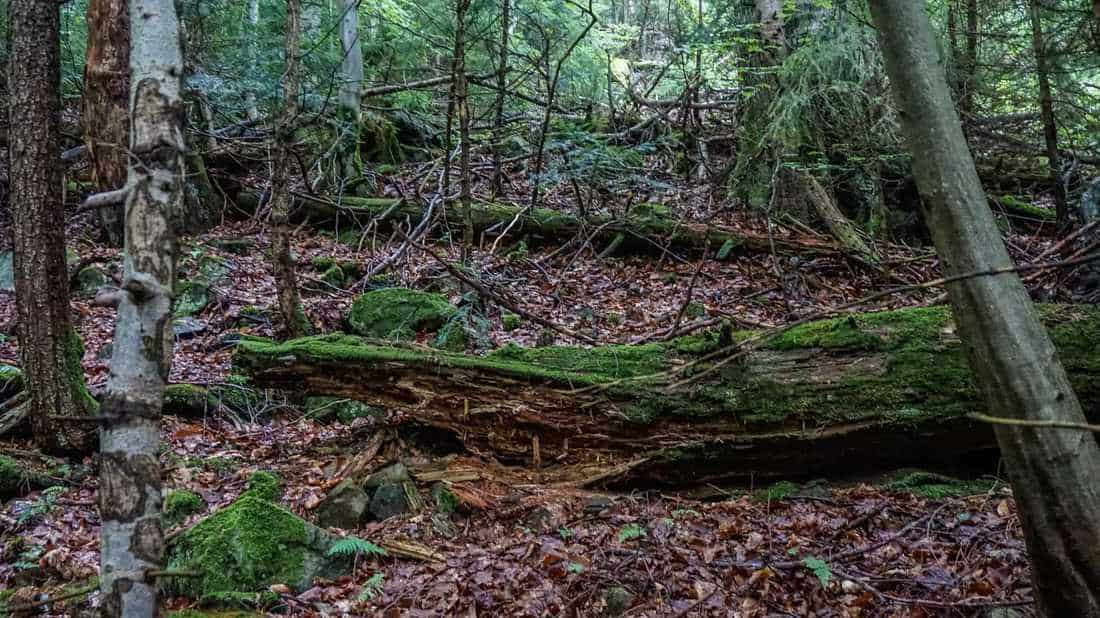European Wilderness Society supports mapping project to reveal Europe’s Wilderness
The University of Leeds has unveiled the first comprehensive survey of Europe’s remaining Wilderness areas. Today, just 1-2% of the EU’s land area is formally protected. Conservationists hope to increase this to 5% within the next 10-15 years.
The resulting map and Wilderness Register for Europe, which sets out the quality of each area as well as existing levels of protection, will shape European Union policy on these ecologically important sites for years to come.
Dr Steve Carver, Director of the Wildland Research Institute (WRi) at the University of Leeds, said: “This is the first comprehensive survey and mapping of the remaining Wilderness areas in Europe. It will drive developing EU policy on Wilderness and influence our thinking on areas as diverse as ecosystem services, human health and wellbeing, climate change, biodiversity, protected areas and the return of habitats to their natural state.”
“This is the first comprehensive survey and mapping project of the remaining Wilderness areas in Europe. Wilderness was an idea exported from Europe in the Age of Discovery from the early 15th century, and as such has been criticised as a colonial concept. But now Europe is re-importing the idea, looking inward and recognising its own Wilderness – as well as the potential to create more.”
Scandinavian countries and Iceland come out top when it comes to having the biggest proportions of Europe’s wildest areas – based on the project’s criteria – which include naturalness of vegetation, remoteness from settlement and other human infrastructure, and remoteness from roads (mechanised access). Mountain areas further south – the Pyrenees, Austrian, Swill and French Alps and the Carpathians – are also well represented.
England and Wales have no qualifying Wildernesses according to the register, while north-west Scotland possesses some key areas.
Dr Carver has worked with Alterra, part of Wageningen University in the Netherlands and lead partner in the project, as well as The European Wilderness Society, the leading European Wilderness protection organisation. The project is funded by the European Commission and European Environment Agency.The register is a work in progress, with a final report to the EC and EEA due to be published next spring. All European Union states have cooperated.
Zoltan Kun, of the European Wilderness Society, said:
“In order to improve the effectiveness of protecting our last great places of Wilderness in Europe, we need to first know where these places are and how large they are. This project is a milestone towards increasing our knowledge about the exact location of existing Wilderness and potential Wilderness areas. Our society is glad to participate in the project as an NGO representative and we are going to promote the outcomes of the research to European citizens.”

